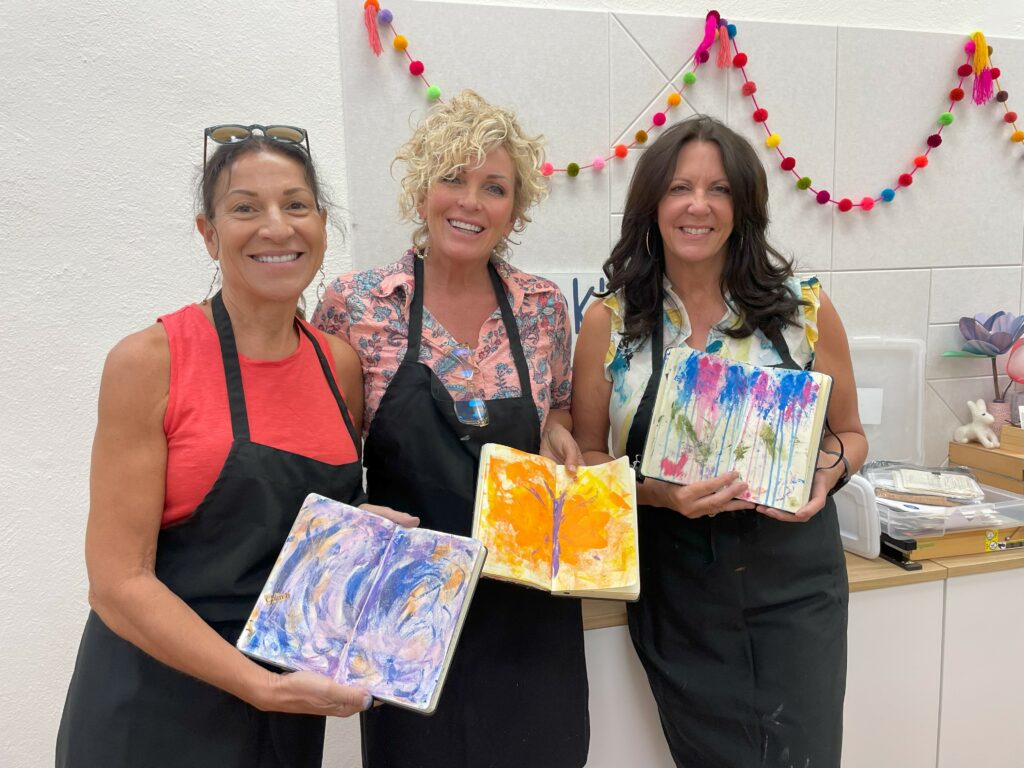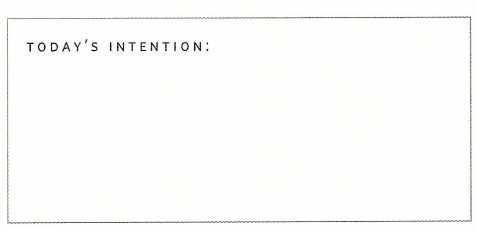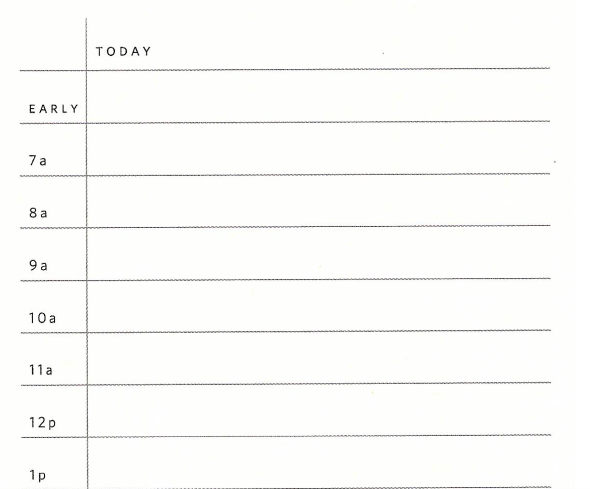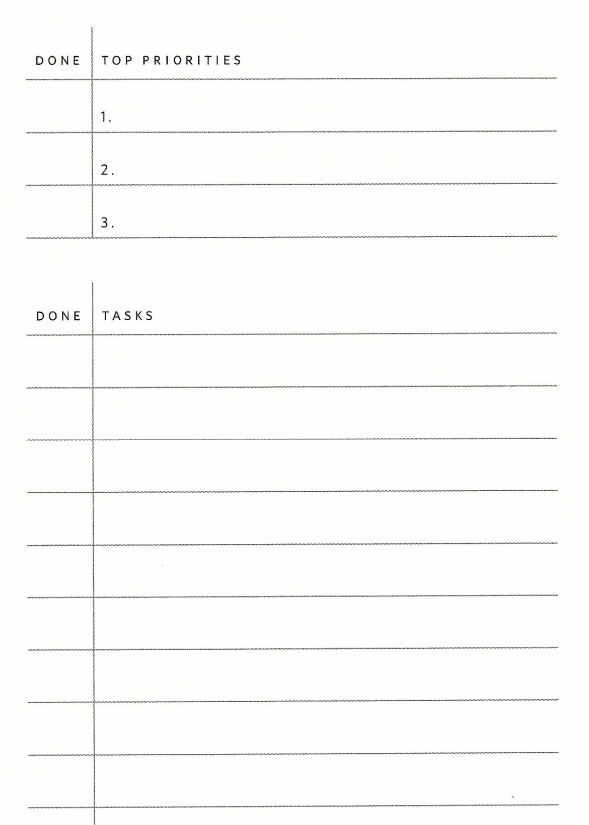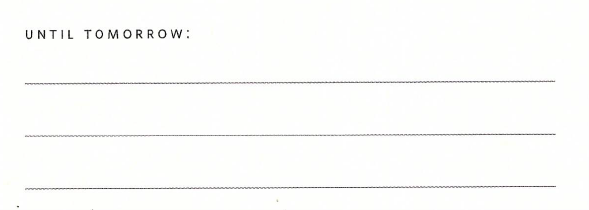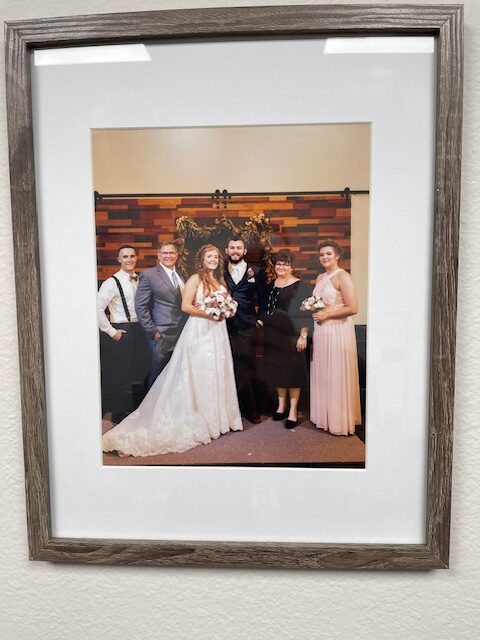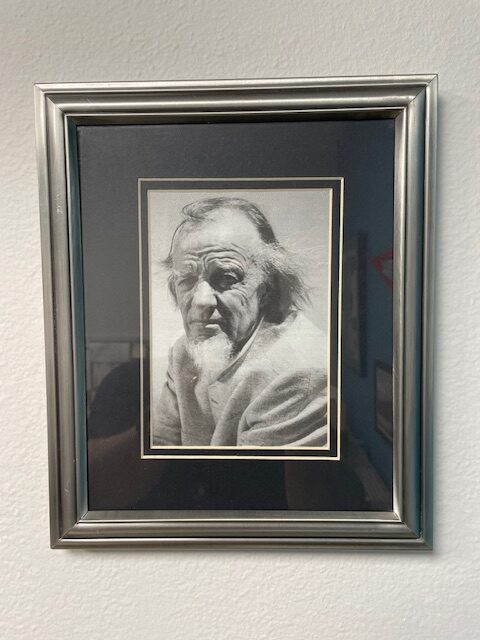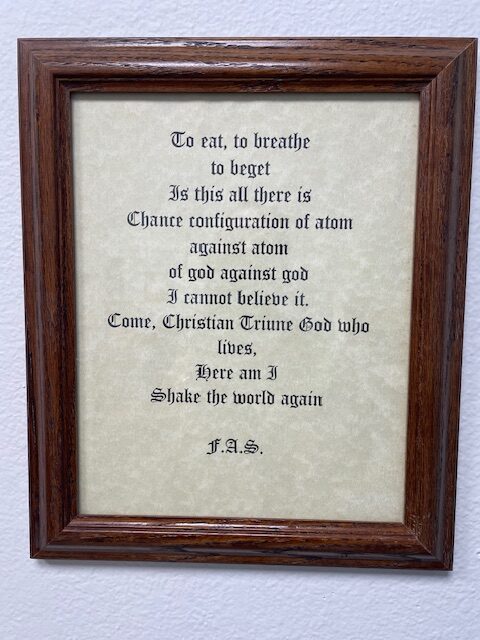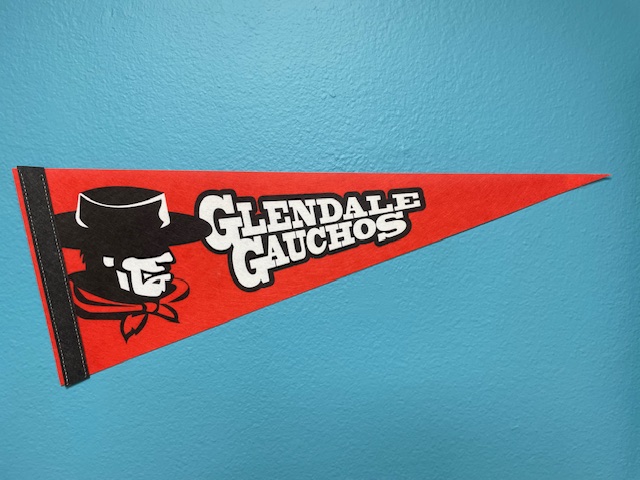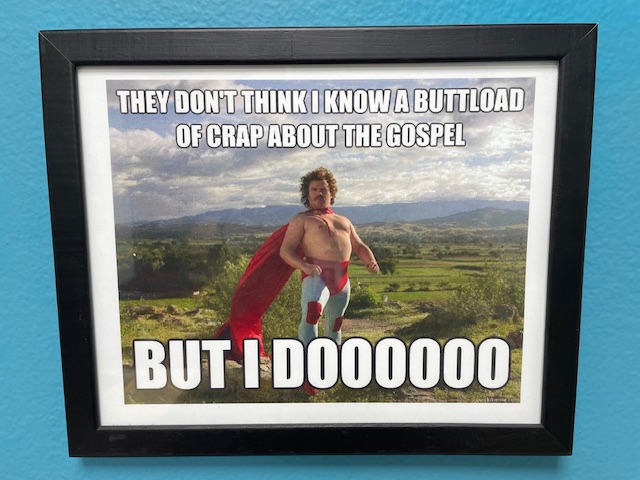As an adjunct/dual enrollment teacher, my workspace is the frantic–often smelly–high school classroom. There are always crumbs on the ground, some combination of Takis and Cheez-Its crushed into an ancestral carpet. Said carpet has been sliced in places, duct-taped back together to rectify persistent speed bumps that have risen up from years of traffic and heat. On the weekends, when I journey to GCC’s Main Campus to teach, the classrooms in the HT2 building feel comparatively otherworldly with their clean white walls, well-maintained carpets, and movie theater quality projectors. I must admit that I take an excessive inhale whenever I step into HT2 to appreciate its consistently clean smell–please tell me I’m not alone in doing that.
Despite the adoration I have for the pristine campus at GCC, I will forever love the personality and homeliness that my high school classroom provides. While GCC feels like some sort of champion bloodline hound on a pedestal, my classroom is the mutt in the shelter–a mixture of everything, impossible not to love.
On the walls, I’ve plastered posters from all walks of life. Like any English classroom, there are references to literary stuff–my love for The Great Gatsby can never be suppressed–but there are also tons of pop culture references. Comic books, anime, sports. memes, musicals, movies–take a look at some snippets of my wall and see how many you recognize. Indeed, that’s a favorite pastime for students of mine. And that’s the best part.
Every poster, no matter how random, is a conversation starter. Students will excitedly come and dork out with me about the latest chapter in an on-going manga or we’ll chat about our favorite songs from a certain musician. These decorations help me build the bonds with students that encourage them to succeed in my classroom.
You don’t have to look far to find evidence of that success. It’s all documented in my favorite part of my classroom: the inspiration wall. These are all the tear-stained notes, letters, cards, and graduation announcements from previous students. If I’m ever having a down day, I look at my inspiration wall and remember the impact I can have. When we’re mired in the day-to-day grind of teaching, it’s easy to forget the long-term impact we have on our students.
So, anyway, yes–my workspace is quite unrefined. And, again, it smells awful. And yes, I still trip on the carpet from time to time. But it’s my heart on the sleeve.




